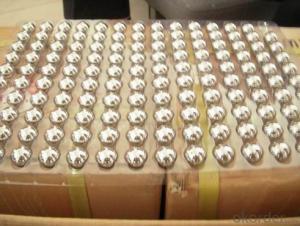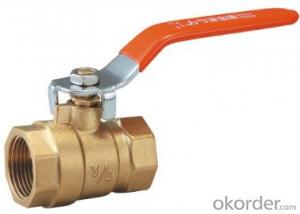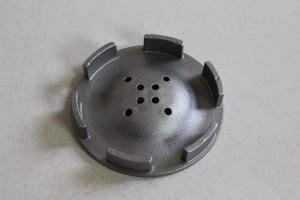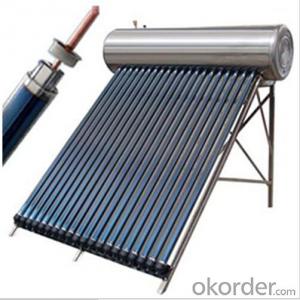Stainless Steel Crown
Stainless Steel Crown Related Searches
Best Paint For Stainless Steel Blanket Insulation For Steel Buildings Primer For Galvanized Steel Foam Filter For Stainless Steel H S Code For Stainless Steel Surface Grinding Wheels For Stainless Steel Surface Grinding Wheels For Hardened Steel Hole Saw For Stainless Steel Paint For Stainless Steel Stainless Steel For BbqHot Searches
Steel Mesh Panels For Sale Price For Stainless Steel Scrap Scrap Price For Stainless Steel Price For Stainless Steel Stainless Steel Tank For Sale Stainless Steel Sheets For Sale Cheap High Tea Sets For Sale Stainless Steel Tanks For Sale Stainless Steel For Sale High Density Fiberboard For Sale Solar Hot Water Collectors For Sale Scaffolding For Sale In Uae Scaffolding For Sale In Ireland Scaffolding For Sale In Houston Type Of Inverter For Solar Price Of Shipping Containers For Sale Types Of Inverter For Solar Stock Price For Aluminum Used Solar Inverter For Sale Steel Mesh Panels For SaleStainless Steel Crown Supplier & Manufacturer from China
Okorder.com is a professional Stainless Steel Crown supplier & manufacturer, offers integrated one-stop services including real-time quoting and online cargo tracking. We are funded by CNBM Group, a Fortune 500 enterprise and the largest Stainless Steel Crown firm in China.Hot Products
FAQ
- Tinplate is cut and shaped for different packaging designs through a variety of methods, including cutting, stamping, and forming. Cutting processes such as shearing or blanking are used to separate the tinplate into desired shapes. Stamping involves using a die to press the tinplate into specific forms, while forming techniques like deep drawing or bending result in more complex shapes. These methods allow for the customization of tinplate packaging designs to cater to various product requirements and aesthetic preferences.
- Yes, tinplate packaging can be used for electronic products. Tinplate is a durable and corrosion-resistant material that provides effective protection for electronic devices. It can be customized to fit various shapes and sizes, ensuring a secure and reliable packaging solution for electronic products. Additionally, tinplate packaging can also enhance the aesthetic appeal of electronic products, making them more visually appealing to consumers.
- The main applications of tinplate in the aerosol industry include the production of aerosol cans, which are widely used for packaging and dispensing various products such as paints, lubricants, insecticides, and personal care items. Tinplate cans provide excellent barrier properties against moisture, gases, and light, ensuring the integrity and shelf life of the aerosol products. Additionally, tinplate's high strength and durability make it ideal for withstanding the pressure and handling requirements of aerosol packaging.
- Tinplate is widely used in the beverage industry for packaging purposes. It is primarily utilized for manufacturing cans and lids, ensuring the preservation and freshness of various beverages such as carbonated drinks, beer, fruit juices, and canned foods. Tinplate's ability to provide a protective barrier against moisture, light, and air, along with its exceptional resistance to corrosion, makes it an ideal choice for maintaining the quality and shelf life of beverages. Additionally, tinplate cans are lightweight, easy to stack and transport, and can be printed with attractive designs, making them popular for marketing and branding purposes in the beverage industry.
- There are several advantages of using tinplate for HVAC components. Firstly, tinplate is highly resistant to corrosion, which is crucial for HVAC systems that are exposed to moisture and varying temperatures. Secondly, tinplate has excellent thermal conductivity, allowing for efficient heat transfer within the system. Additionally, tinplate is lightweight yet strong, making it easy to handle and install while ensuring durability. Lastly, tinplate is a sustainable material as it is fully recyclable, aligning with the growing demand for eco-friendly HVAC solutions.
- There are several different types of tinplate coatings available, including tin-free steel (TFS), electrolytic chromium-coated steel (ECCS), and tin-coated steel. These coatings provide varying levels of protection against corrosion and can be chosen based on specific requirements and applications.
- Yes, tinplate can be used for packaging chemicals. Tinplate is known for its excellent corrosion resistance, making it suitable for storing and transporting various chemicals safely. Additionally, its durability and ability to withstand high temperatures make it a reliable choice for chemical packaging applications.
- Some of the latest innovations in tinplate technology include the development of lightweight tinplate materials that offer the same level of protection and strength as traditional tinplate, but with reduced material usage. Additionally, advancements in coating technologies have allowed for the development of tinplate with enhanced corrosion resistance, ensuring longer shelf life for packaged products. Furthermore, the introduction of digital printing techniques has revolutionized the design capabilities for tinplate packaging, allowing for more intricate and customizable designs. Overall, these innovations aim to improve sustainability, product preservation, and visual appeal in the tinplate industry.















































